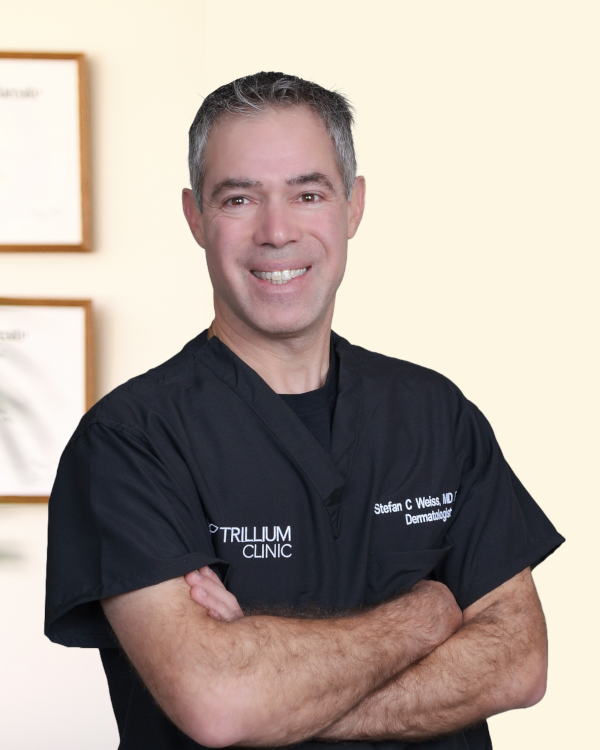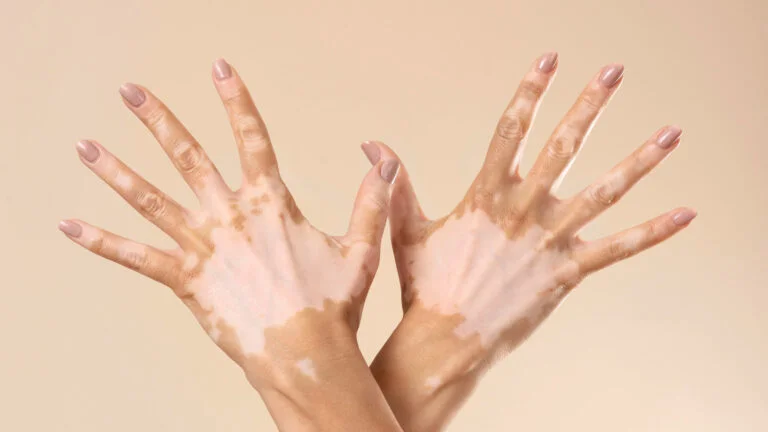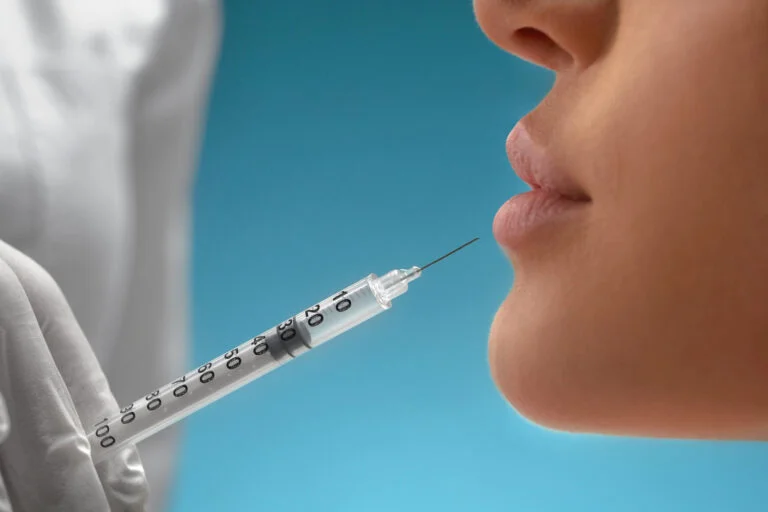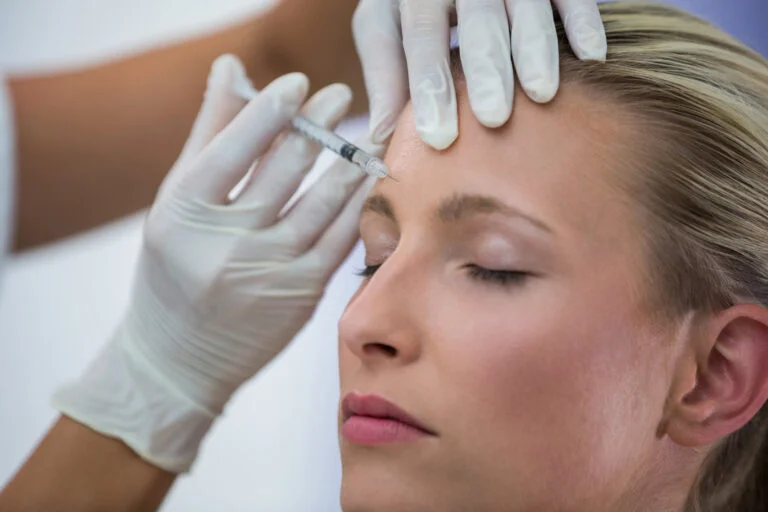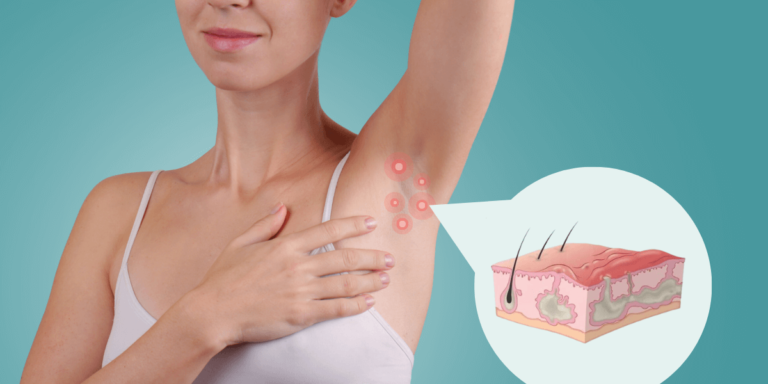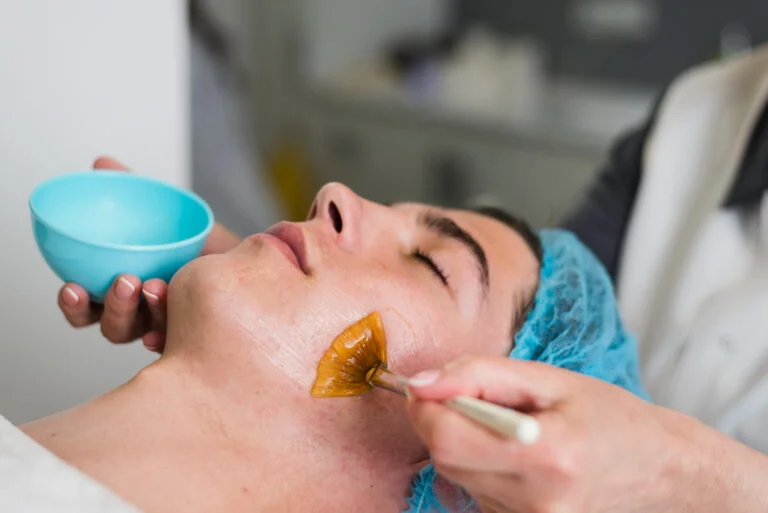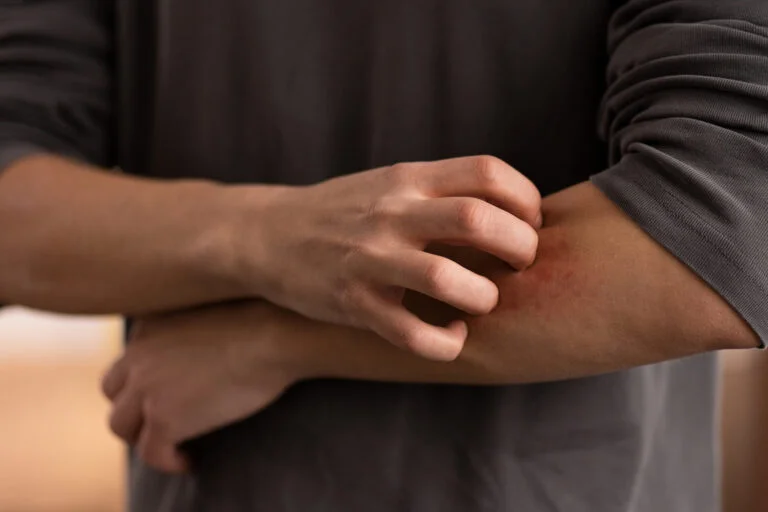Non-ablative laser resurfacing can be an effective treatment for managing rosacea, a chronic skin condition characterized by redness, visible blood vessels, and sometimes acne-like bumps. Rosacea primarily affects the face, and while it is not curable, laser treatments can significantly reduce its symptoms, particularly the redness and visible blood vessels (telangiectasia) that are common with the condition.
How Non-Ablative Laser Resurfacing Works for Rosacea?
Non-ablative lasers, such as Nd laser resurfacing for rosacea, intense pulsed light (IPL), or pulsed dye lasers (PDL), target the skin’s deeper layers without harming the epidermis on the outside. These lasers specifically target the blood vessels that cause the redness and flushing seen in rosacea, allowing for a more focused and safe treatment.
Here’s how it works:
Targeting Hemoglobin: The laser’s energy is absorbed by hemoglobin, the protein in red blood cells, which is concentrated in the dilated blood vessels associated with rosacea.
Heating and Collapsing Vessels: The heat generated by the laser causes the blood vessels to constrict and collapse, which reduces the appearance of redness, flushing, and visible capillaries on the skin’s surface.
Stimulating Collagen Production: Some non-ablative lasers also stimulate collagen production, which can improve skin texture, reduce inflammation, and potentially minimize any thickened skin (phymatous rosacea) in more advanced cases.
Benefits of Non-Ablative Laser Resurfacing for Rosacea
Reduction in Redness: The most noticeable benefit is the significant reduction in facial redness caused by the dilated blood vessels and broken capillaries that characterize rosacea.
Minimal Downtime: Since non-ablative lasers don’t damage the surface layer of the skin, there is little to no downtime. Patients may experience slight redness or swelling, but it usually subsides within a few hours to a couple of days.
Improved Skin Texture: In addition to reducing redness, the treatment can help improve overall skin texture by encouraging collagen production. This can be beneficial for patients with rosacea who also experience mild skin thickening.
Reduced Inflammation and Sensitivity: The heat and energy delivered by non-ablative laser resurfacing for rosacea can help reduce inflammation in the skin, leading to fewer flare-ups and less sensitivity over time.
Types of Non-Ablative Lasers for Rosacea
Pulsed Dye Laser (PDL): PDL is one of the most commonly used non-ablative lasers for rosacea treatment. It is effective at targeting and collapsing blood vessels, making it an excellent choice for reducing persistent redness and visible capillaries.
Intense Pulsed Light (IPL): While not a laser, IPL uses broad-spectrum light to treat rosacea. It works similarly to lasers by targeting blood vessels and pigmentation, but it can also address other skin issues like hyperpigmentation and sun damage. IPL is often a versatile option for patients with mixed skin concerns.
Nd Laser: This non-ablative laser penetrates deeper into the skin and is often used for more stubborn blood vessels or for patients with thicker skin. It’s especially useful for treating rosacea in patients with darker skin tones, as it poses a lower risk of hyperpigmentation compared to other lasers.
What to Expect During and After Treatment?
Multiple Sessions Required: Non-ablative laser resurfacing for rosacea typically requires a series of treatments spaced a few weeks apart. Most patients need 3 to 5 sessions for optimal results.
Minimal Side Effects: After treatment, patients may experience temporary redness, mild swelling, or a sunburn-like sensation. Usually, these effects are resolved within a day or two. Unlike ablative lasers, there is no peeling or crusting of the skin.
Gradual Improvement: Results are not immediate but develop gradually as the blood vessels break down and are reabsorbed by the body. Most patients see improvement within 1 to 2 weeks after each session, with optimal results visible after completing the full course of treatments.
Considerations for Rosacea Patients
Sun Protection: Sun exposure is a major trigger for rosacea and can counteract the benefits of laser treatments. Patients should diligently use sunscreen (SPF 30 or higher) and avoid prolonged sun exposure, especially after treatments when the skin is more sensitive.
Avoiding Triggers: While laser treatments can reduce the visible signs of rosacea, it is essential to continue managing triggers (e.g., heat, alcohol, spicy foods) that can cause flare-ups. Laser therapy is most effective when combined with lifestyle modifications and proper skincare.
Conclusion
Non-ablative laser resurfacing is a highly effective, minimally invasive option in medical dermatology for treating the redness and visible blood vessels associated with rosacea. By targeting the dilated blood vessels without damaging the skin’s surface, these lasers offer a way to reduce the visual impact of rosacea, improve skin texture, and enhance patients’ quality of life. With minimal downtime and gradual but lasting results, non-ablative lasers are becoming an increasingly popular choice for managing this chronic skin condition. You can get safe and effective rosacea treatment by visiting our advanced dermatology clinic in Chapel Hill.

